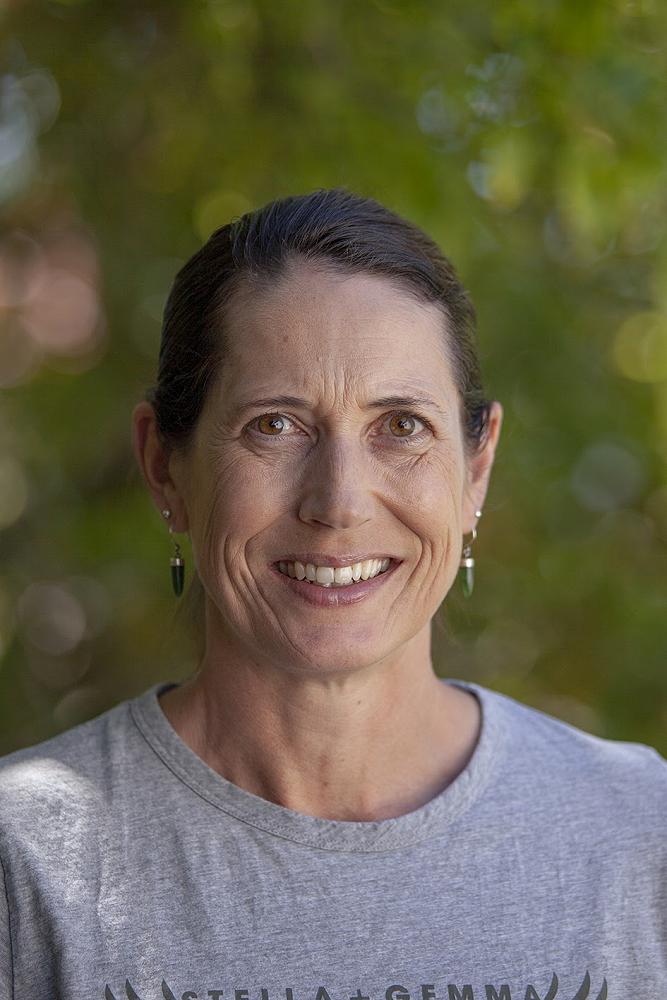Spotlight on Specialisation


Amanda Hardy Year 3 Teacher

Hannah Beatson Year 5 PE Teacher

Wendy Shannahan Year 1 Teacher

Paula Vesty Year 2 Teacher

Julie Seymour Year 4 Teacher

Jo Wilkinson Year 6 Teacher
In Health and Physical Education, the focus is on the well-being of the students themselves, of other people, and of society through learning in health-related and movement contexts.
Four underlying and interdependent concepts are at the heart of this learning area:
- Hauora – a Māori philosophy of well-being that includes the dimensions taha wairua, taha hinengaro, taha tinana, and taha whānau, each one influencing and supporting the others.
- Attitudes and values – a positive, responsible attitude on the part of students to their own well-being; respect, care, and concern for other people and the environment; and a sense of social justice.
- The socio-ecological perspective – a way of viewing and understanding the interrelationships that exist between the individual, others, and society.
- Health promotion – a process that helps to develop and maintain supportive physical and emotional environments and that involves students in personal and collective action.
Through learning and by accepting challenges in this subject, students reflect on the nature of well-being and how to promote it. As they develop resilience and a sense of personal and social responsibility, they are increasingly able to take responsibility for themselves and contribute to the well-being of those around them.

The learning activities in Health and Physical Education arise from the integration of the four concepts above, the following four strands and their achievement objectives, and seven key areas of learning.
The four strands are:
- Personal health and physical development
- Movement concepts and motor skills
- Relationships with other people
- Healthy communities and environment
The seven key areas of learning are:
- mental health
- sexuality education
- food and nutrition
- body care and physical safety
- physical activity
- sport studies
- outdoor education
All seven areas are to be included in teaching and learning programmes at both Primary and Secondary levels. These key areas of learning are taught explicitly at different year levels within the Junior School (Structured Health Education lessons are taught by the Junior School teachers). Each area is not covered at every year level, however, we have units throughout the Junior School which are taught to best meet the learning needs of each cohort. Our units and lessons are planned to meet the aims of the Health and PE curriculum (obviously not every area can be achieved within our school timetable structure) and so events like Camps are organised and run by the Junior School and their teachers.

As a Faculty, we do our very best to support the Sports Faculty in the running of their one-day events and competitions. And where possible we use some of our lessons to prepare the Junior School students for these one-day school events. This year the Junior School PE teachers will dedicate some lesson time in Term 3 to add additional teaching in preparation for Atheltic Sports. However, our main focus is to provide teaching and learning programmes which promote the REDS, develop growth mindsets, enable students to develop an enjoyment of being physically active, maintaining well-being, learning and demonstrating effective interpersonal skills in a wide range of contexts and the development of key motor skills which will enable the students to be able to participate in a range of physical activities both now and in the future.
